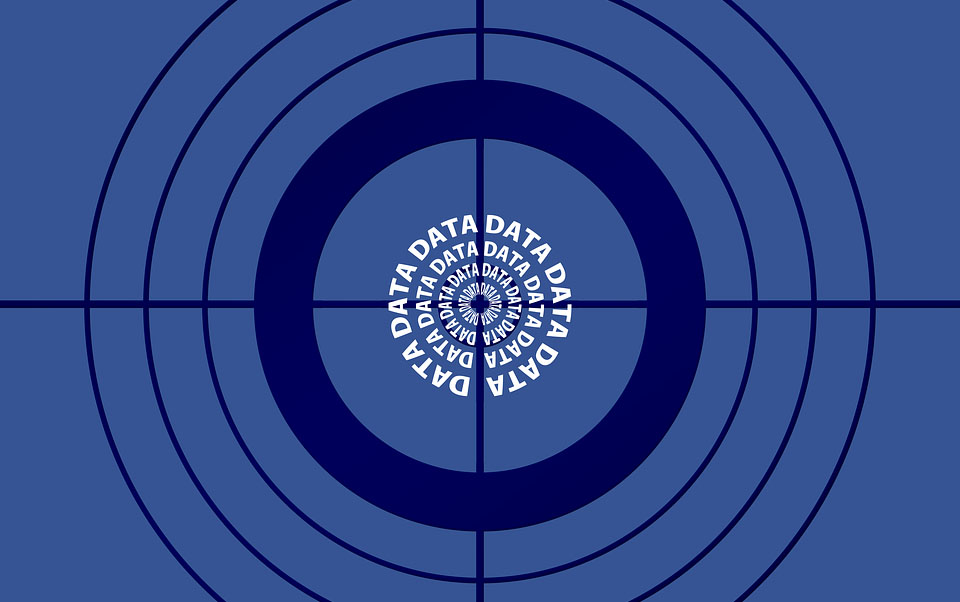Can you imagine what the insurance industry would be like without the internet? Many of us remember a time before email and online price comparisons, but we can no longer picture doing our jobs without the web. Hands down, the internet created a fundamental shift in how business gets done in the insurance industry.
The Big Data Revolution
There’s another revolution on the way in the form of big data. In fact, nine out of 10 companies told
Accenture that big data will change how they conduct business on a scale comparable to how the internet changed the world from the 1990s on. Think about that—less than 20 years after the internet upended business, another movement is coming along that enterprises say will have a similar impact. What a revolution, right?
Big data is already shaking things up in a big way. As a result, insurance organizations are racing competitors to employ analytical techniques and develop predictive models that will give them a competitive edge in everything from pricing risk and detecting claims fraud to developing products.
But as companies develop these tools, many overlook the significant role that frontline employees will play in optimizing and adopting new big data techniques. Companies put as much as 95% of their big data budgets toward employing analytic techniques and developing models, ignoring employee training and knowledge building in the process.
See also: What Does ‘Data-Driven’ Really Mean?
A Crucial Role for the Front Lines
Frontline employees and managers working in traditional insurance fields like claims and underwriting will play a crucial role in working with data scientists to develop and implement effective solutions based on big data. Data scientists are not insurance experts and don’t necessarily have a firm grasp on how the industry operates. Without key intelligence from employees who know the insurance world, even the most elegant predictive modeling tools won’t have sufficient business impact.
If data analytics is going to have a positive impact on insurers’ bottom lines, it stands to reason that a basic understanding of it will be good for your career, too. Insurance organizations across the country are forming teams to figure out the best way to integrate big data into their daily operations. Employees with big data know-how who can act as connectors between data scientists and traditional insurance operations will quickly find themselves in high demand.
So just how can frontline employees and managers become data-driven decision makers? By following these three steps:
1. Focus on data literacy
Data literacy means getting a handle on the terms and concepts behind data science and how they’re being used in the insurance world. So even if you can’t segment data into a classification tree, you should at least understand what a classification tree is and the basics of how it works.
Big data is a fast-growing field with a lot of lingo and jargon. Check in with data scientists at your company to get a better idea of how your organization talks about data and where it is prioritizing using new data collection and analytical techniques. Focus your big data learning in these areas.
2. Sharpen your data mindset
Once you understand what’s possible with data science and where your company wants to go, start thinking in terms of big data. When a problem comes up, think about what data you have at your disposal and how it could be analyzed to solve that problem. For example, can the data be analyzed in a new way to create different insights? Should additional data be collected from government agencies, customers, agents or adjusters? If some data point isn’t at your disposal but would help you do your job faster or better, chances are your boss wants to hear about it and your company’s data experts can help find a way to pull it.
3. Hone your data skillset
After you’ve got the lingo down and think of data first when trying to solve problems, the third step is to position yourself as a data steward who can bridge the gap between data scientists and the insurance processes they’re working to optimize.
You can still leave most of the modeling (and the crazy math!) to the data scientists, but you should understand big data to the point where you can advocate for specific analytical strategies and point out when processes can be improved. If you can fill this role, you’ll be an indispensable resource to your department and your organization as a whole.
See also: Digital Playbooks for Insurers (Part 4)
This progression of developing a data mindset can be found on an organizational level as well. As big data expands and touches on more aspects of operations, entire organizations will have to think in terms of data analytics. Individuals who can develop their skills to satisfy their organization's growing appetite for data-based solutions will help those organizations find and implement strategic improvements while also growing their own expertise in the process.
Interested in becoming a data-driven decision maker? Learn more about the Associate in Insurance in Data Analytics.

